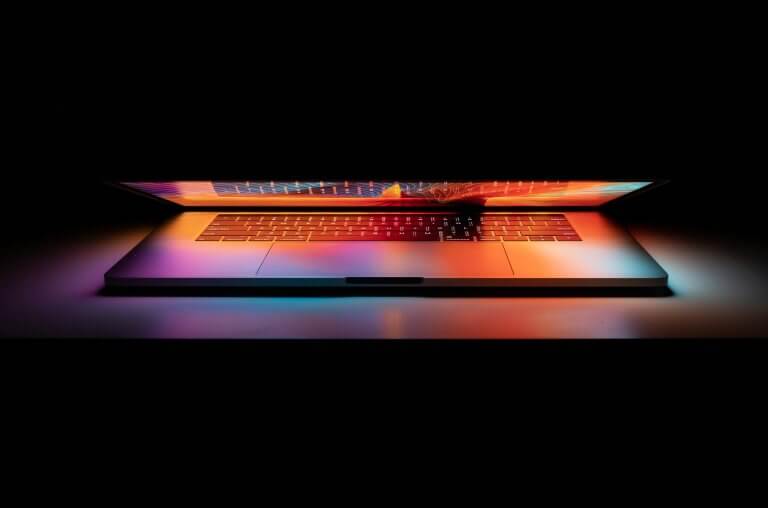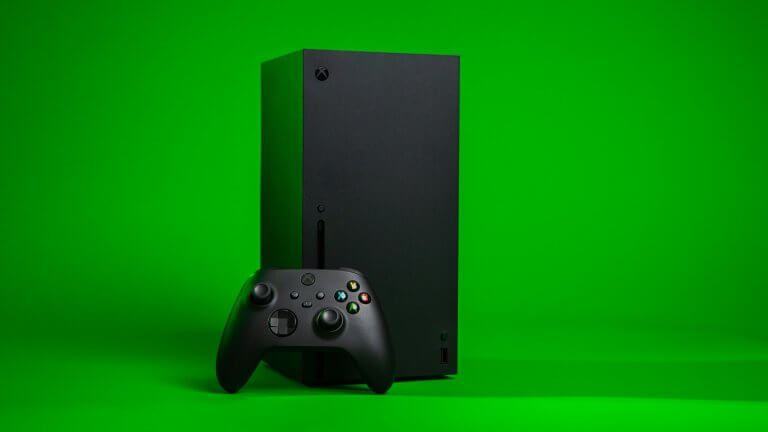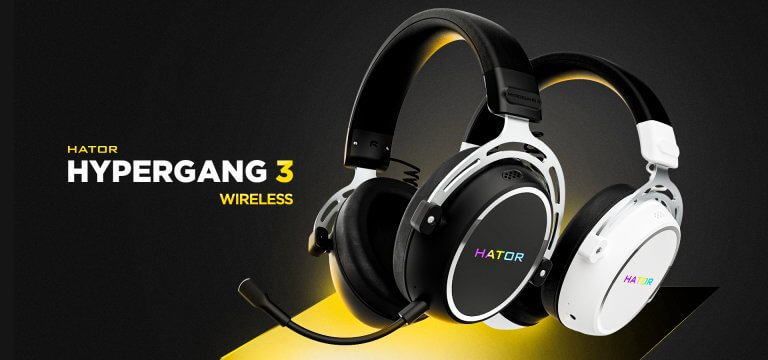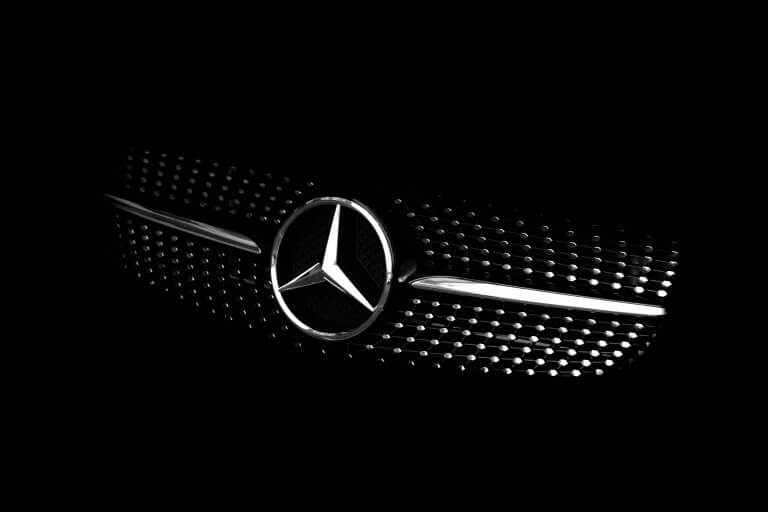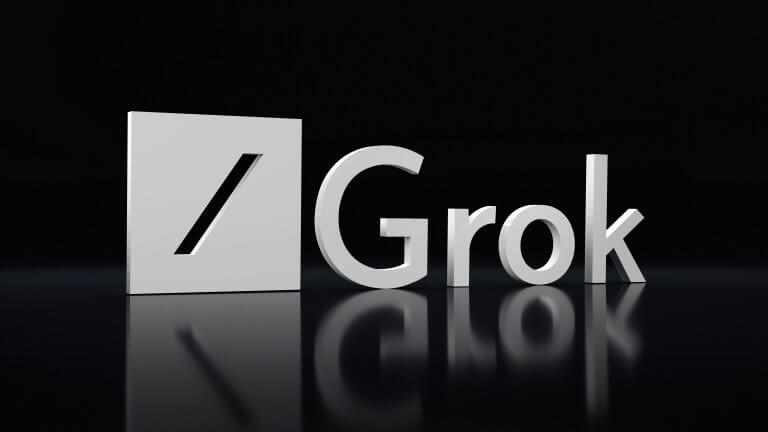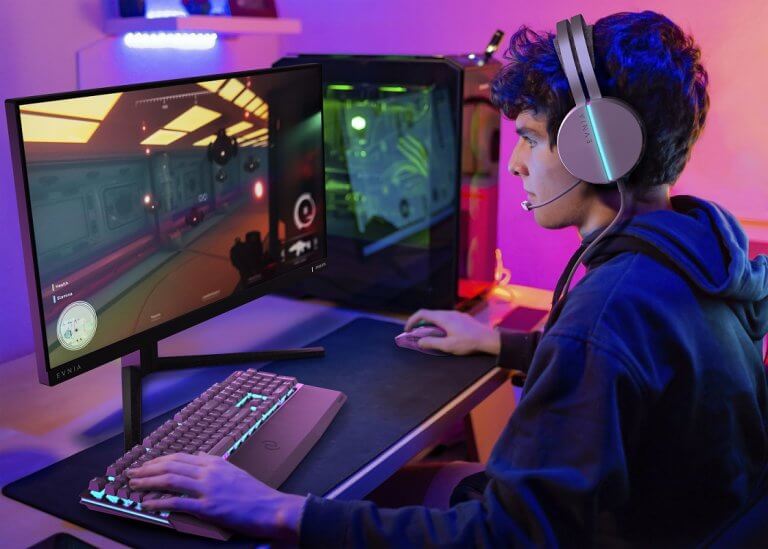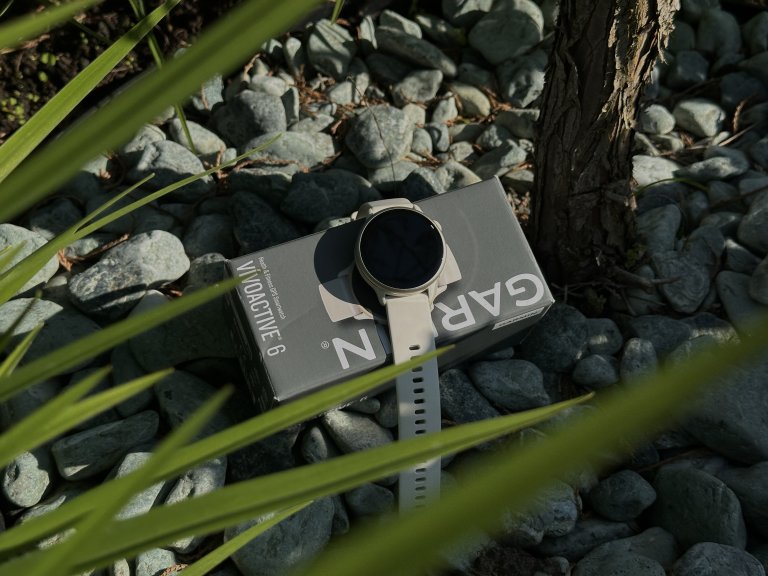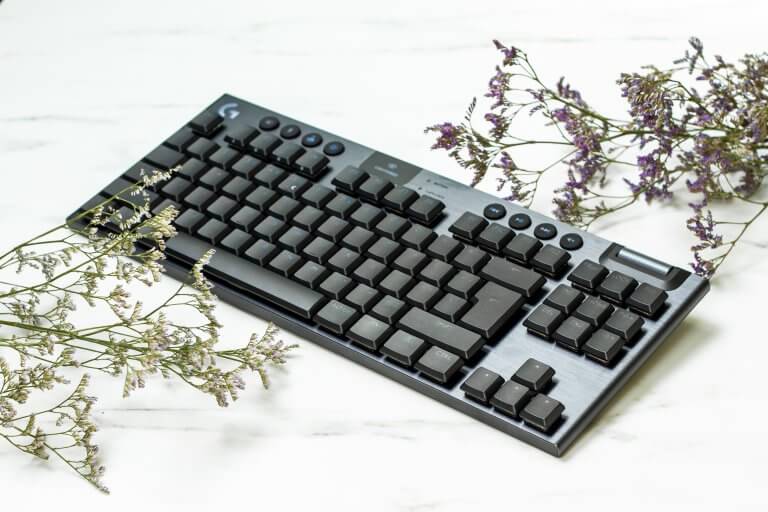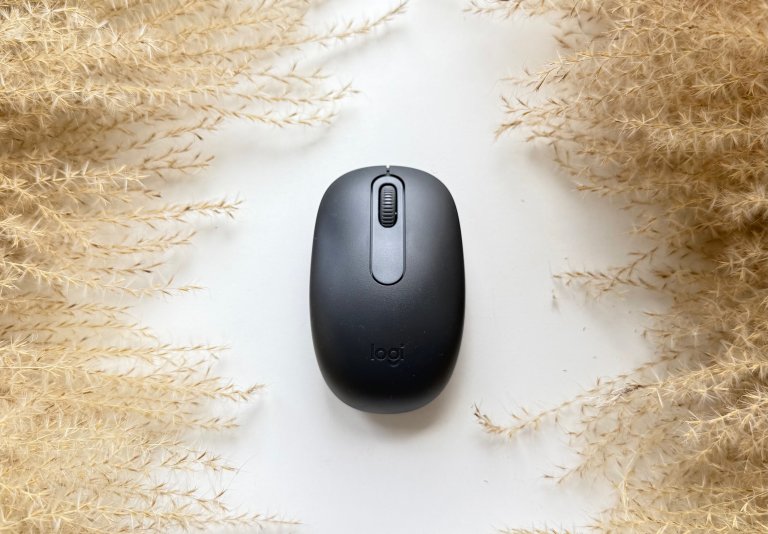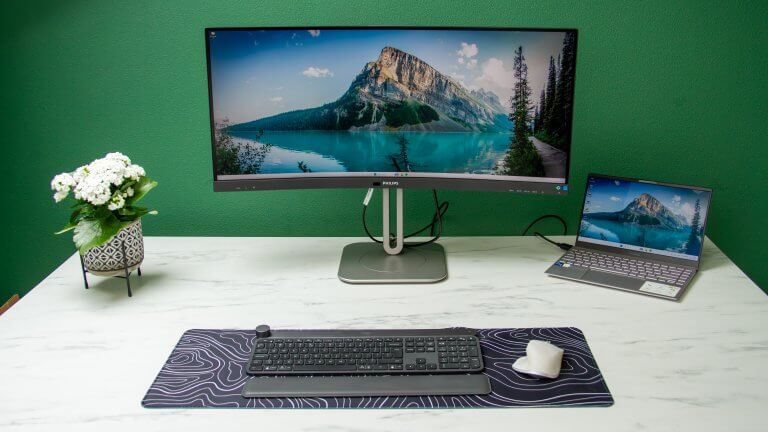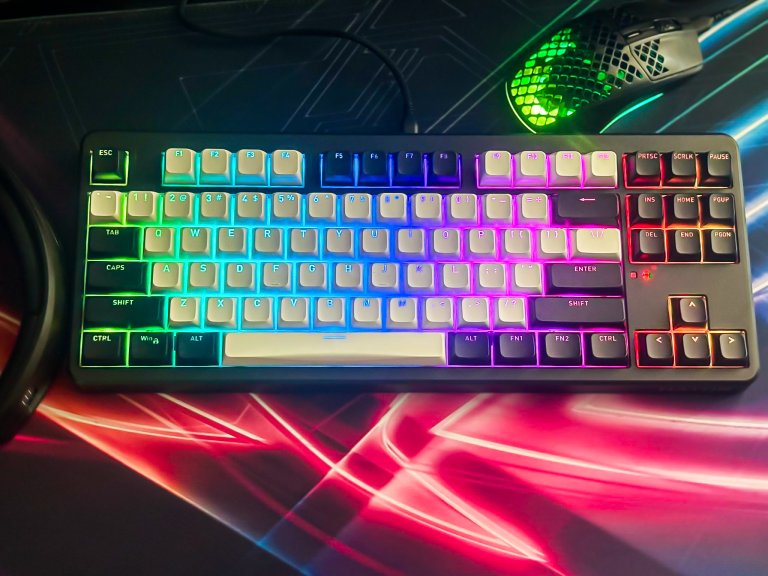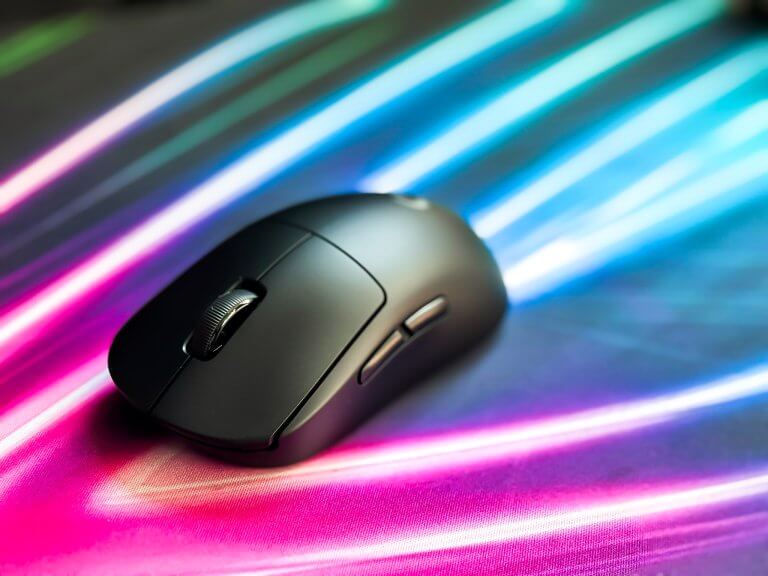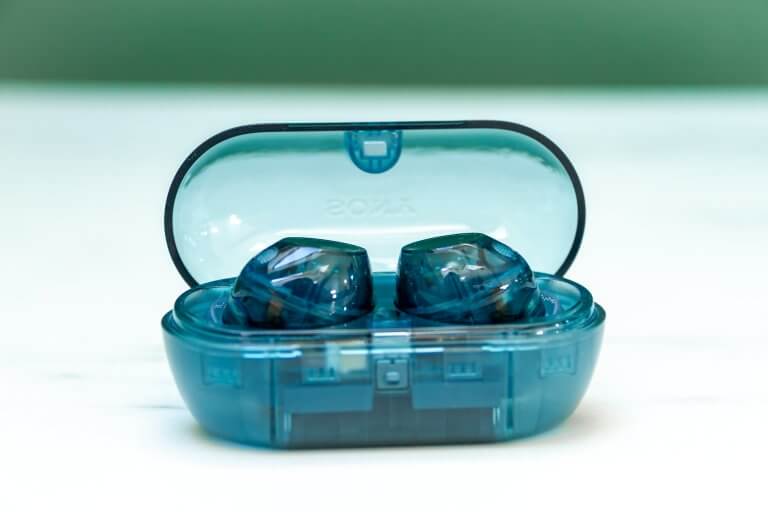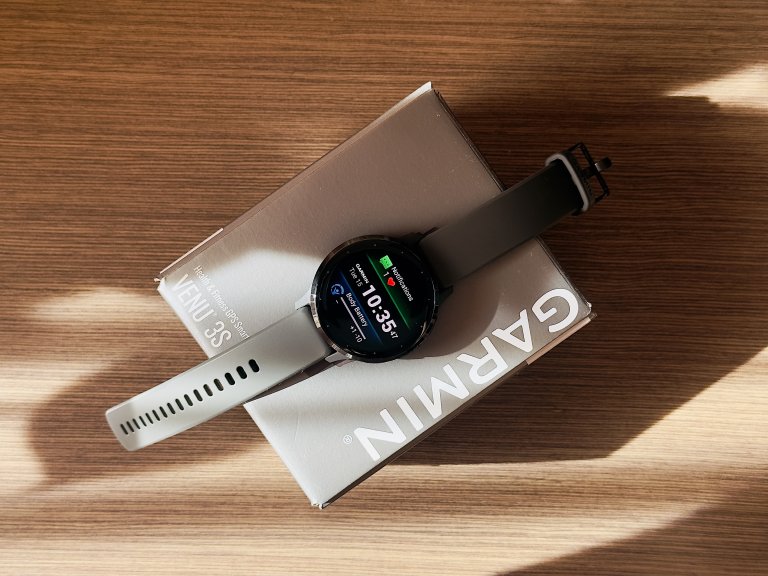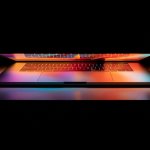- Sākums
- Forumi
- Hardware
- Pamatplates un CPU
- dators raustās dažas sekundes un pāriet
dators raustās dažas sekundes un pāriet
Sākumlapa › Forumi › Hardware › Pamatplates un CPU › dators raustās dažas sekundes un pāriet
- This topic has 39 atbilžu, 17 voices, and was last updated pirms 11 years, 7 months by
Inspektors_Caps.
-
AutorsIeraksti
-
8. Sep, 2013 at 04:42 #158724
migors
ParticipantSveiki, nesen nopirku jaunu pc un ir sekojoša problēma. Dators neko īpašu nedarot, noraustās dažas sekundes un tā diezgan bieži.
Raustīties mēdz pat tikai atskaņojot interneta radio, vai strādājot wordā. Skaņa paliek metāliska.
Sistēmas monitors parasti tad uzrāda procesora lecienu.
2. Problēma ko pamaniju strādājot ar PS, Photoshops tik lēni izpilda ne pārāk apjomīgus efektus ka liekas esmu atpakaļ 2004 gadā. Darot to pašu darbā uz intel Pentium G840 un tādu pašu ramu, nekas tāds nav manīts.
Procis arī tajos brīžos ir maksimāli noslogots.
Lietoju windows 8.1
CPU Core i5-4430 (3.0GHz, 6MB Cache, LGA1150)
Ram 8 gb
cietais disks sistēmai ssd 30 gb
otrs WD grean 1 tb
Page cache atslēgts
Atslēdzu jo SSD ir maziņš, bet w8 arī ir maziņš (sitēma aizņem labi ja 18 gb) Pārējās progas lieku uz otra cietā.
8. Sep, 2013 at 06:47 #301154m_janis
ParticipantTas W 8.1 ir jau oficiālā RTM versija, vai kāda no betām ? Pats arī beidzot uzliku jau RTM un aktivizēju ar legālo key – neko aizdomīgu, arī ar Photoshop neesmu novērojis. Iespējams, tas SSD tomēr čakarējas, vai, ja nav RTM versija – beta ir beta ar visām iespējamām sekām. Starp citu – nereti visādus jokus taisa SATA štekeri, īpaši tie bez klipšiem – vari tos pārspraust.
8. Sep, 2013 at 07:54 #301155aoma
ParticipantKaut kas līdzīgs novērots, datoram cītīgi mēģinot nolasīt datus no bojāta nesēja, arī cd matricas. Varbūt sāc ar cietā diska pārbaudīšanu, vēl var noklonēt sistēmu uz parastā, palaist no tā, brāķi gadās visiem.
8. Sep, 2013 at 12:36 #301156shady
ParticipantVispirms ieteiktu izdarīt trīs lietas: 1) Izskanēt parasto HDD ar hdtune, utml programmām – apskatīties SMART datus, bad blokus.
2) Apdeitot SSD disku (firmware update).
3) Uztaisīt benchmark testus SSD diskam un salīdzināt ar internetā atrodamajiem testiem.
8. Sep, 2013 at 16:12 #301157Andritz
ParticipantKāda jēga šitam “specam” padomus dot? Viņš elementāras lietas nejēdz, pamatus nezin, pac kauko instElē…
8. Sep, 2013 at 16:45 #301158migors
ParticipantAh piedod nabaga akst, es aizmirsis jau biju par tevi un tāpēc nepiedāvāju 5 ls par instalāciju. 8. Sep, 2013 at 16:48 #301159migors
Participantshady tas bija pirmais ko es izdariju, neviena bad sektora nav, otrais hdd ir kārtībā. Pamēģināšu uzlikt jaunu firmwari. Benchmarkus SSD būs jāuztaisa windows 8 versija ir 9431
8. Sep, 2013 at 19:09 #301160m_janis
ParticipantNu šaubos, vai OS vaina, bet nu oficiālā RTM versija ir BUILD: 6.3.9600.16384 un MD5: F104B78019E86E74B149AE5E510F7BE9
(MD5 ir 64bit Core/Pro versijai).
8. Sep, 2013 at 19:23 #301161migors
ParticipantJā zinu, es tikai taestam uzliku bet tagad pārinstalēt slinkums 8. Sep, 2013 at 19:33 #301162Aldis
ParticipantVar gadīties ka OS vaina, bet vairāk lieku uz HDD, vai kāda datu nesēja vainu. Iespējams pat porta vainu – patestē SATA portus uz ātrumu. Vienam samērā jaunam datoram pagājušogad sakomplektētam bija līdzīgi, bij uzlikts Windows7, tas šādi darījās, pārejot uz Windows 8 problēma vairs nebij. Takā cilvēkam galvenais lai dators strādā bez problēmām, palika viņš uz Windows 8, un Windows 7 tā arī vairs necentāmies piemocīt viņam klāt… 🙂
9. Sep, 2013 at 09:32 #301163piwchix
Participant1. Pārbaudi vai tas pats notiek SafeMode. 9. Sep, 2013 at 09:57 #301164Foxsk8
ParticipantMan uz W7 ir tā, ka viss PC iekarās, neko citu nevar izdarīt, tad paņemu uztaisu swich user, un atslēdzot atpakaļ, viss atkal atfrīzojās. 9. Sep, 2013 at 10:17 #301165shady
ParticipantTavā gadījumā izklausās pēc sačakarētas sistēmas (vai piedrazotas). 9. Sep, 2013 at 10:30 #301166piwchix
ParticipantVai pēc procesa, kas pārslēdzot lietotājus tiek reales’ots. 9. Sep, 2013 at 10:38 #301167cesedy
ParticipantTā varētu būt draiveru vaina. Atjauno draiverus uz pēdējām versijām. Uz Windows 2000 – Windows 7 ir programma
DPC (Deferred Procedure Calls) Latency CheckerAtvaino, bet šeit būs apraksts angliski:
Quote:Processing of streaming data in real-time is a very challenging task for Windows based applications and device drivers. This is because by design Windows is not a real-time operating system. There is no guarantee that certain (periodic) actions can be executed in a timely manner.
Audio or video data streams transferred from or to an external device are typically handled by a kernel-mode device driver. Data processing in such device drivers is interrupt-driven. Typically, the external hardware periodically issues interrupts to request the driver to transfer the next block of data. In Windows NT based systems (Windows 2000 and better) there is a specific interrupt handling mechanism. A device driver cannot process data immediately in its interrupt routine. It has to schedule a Deferred Procedure Call (DPC), which is basically is a call-back routine that will be called by the operating system as soon as possible. Any data transfer performed by the device driver takes place in the context of this callback routine, named DPC for short.
The operating system maintains DPCs scheduled by device drivers in a queue. There is one DPC queue per CPU available in the system. At certain points the kernel checks the DPC queue and if no interrupt is to be processed and no DPC is currently running the first DPC will be un-queued and executed. DPC queue processing happens before the dispatcher selects a thread and assigns the CPU to it. So, a Deferred Procedure Call has a higher priority than any thread in the system.
Note that the Deferred Procedure Call concept exists in kernel mode only. Any user-mode code (Windows applications) runs in the context of a thread. Threads are managed and scheduled for execution by the dispatcher.
While there is a pre-emptive multitasking for threads, DPCs are executed sequentially according to the first in, first out nature of a DPC queue. Thus, a sort of cooperative multitasking scheme exists for Deferred Procedure Calls. If any DPC runs for an excessive amount of time then other DPCs will be delayed by that amount of time. Consequently, the latency of a particular DPC is defined as the sum of the execution time of all DPCs queued in front of that DPC. In order to achieve reasonable DPC latencies, in the Windows Device Driver Kit (DDK) documentation Microsoft recommends returning from a DPC routine as quickly as possible. Any lengthy operation, specifically loops, that wait for a hardware state change (polling) are strongly discouraged.
Unfortunately, many existing device drivers do not conform to this advice. Such drivers spend an excessive amount of time in their DPC routines, causing an exceptional large latency for any other driver’s DPCs. For a device driver that handles data streams in real-time it is crucial that a DPC scheduled from its interrupt routine is executed before the hardware issues the next interrupt. If the DPC is delayed and runs after the next interrupt occurred, typically a hardware buffer overrun occurs and the flow of data is interrupted. A drop-out occurs.
Pašam arī bija šāda problēma, ka uz mazāk par sekundi viss uzkārās un bija nepatīkama skaņa.
Manā gadījumā izrādījās, ka problēmas taisīja Ethernet draiveris. Uzliku pašu jaunāko draiveri un problēmas vairs nav bijušas.
Tad nu, kā tās programmas lapā ir ieteikts, iekš Device Manager atslēdz pa vienam kādu ierīci.
Ierīces, kuras vajadzētu mēģināt atslēgt pa vienai un izmēģināt, vai problēma ir atrisināta:
* Network adapters for Ethernet and Wireless LAN (W-LAN)
* Internal modems
* Internal sound devices (on-board sound systems)
* Any PCI or PCI Express add-on card, any PCCard or ExpressCard, e.g. TV tuner cards, ISDN or DSL adapters, modems, etc.
Ierīces, kuras
neatslēgt: * any device listed in Device Manager under System devices or Computer,
* the hard disk that contains the system partition,
* the IDE/ATAPI or SATA controller this hard disk is connected to,
* the system keyboard,
* the mouse, track point or touch pad device,
* the USB controller external keyboard and/or mouse devices are connected to,
* the display controller listed under Display adapters.
Iesaku izlasīt norādītās programmas lapā visu info.
9. Sep, 2013 at 10:53 #301168Foxsk8
ParticipantPie vainas bija video kartes draiveris. 9. Sep, 2013 at 11:21 #301169ruukjis
ParticipantPage atpakaļ ieslēdz, ja ne uz SSD, tad pārnes viņu uz HDD, bet pilnībā atslēgt gan viņu nevjag. 9. Sep, 2013 at 11:50 #301170Stat1CX
ParticipantPage file pie vainas nebūs pie tā ka raustās. Viss, kas var notikt ir kāds softs nokrašot, ja rams beidzās. Ja ir pietiekami daudz RAM, page file var droši griezt nost, ir īpaši ja ir SSD, uz kuru page file nav prāta lieta krāmēt – samazina SSD dzīves ilgumu. Pats dzīvoju bez page file kādus 2 gadus, ar 8 GB RAM, ne reizi nekas nav noticis, dēļ kā šamais būtu bijis vajadzīgs. 9. Sep, 2013 at 11:55 #301171piwchix
ParticipantEs nemaz nebrīnos. Tāpēc jau augstāk rakstiju: 1. Parbaudīt vai SafeMode met tādus pašus gļukus.
10. Sep, 2013 at 17:03 #301172migors
ParticipantJā es tieši tāpēc pagefile atslēdzu ka ssd. Sistēmas monitors uzrāda ka tajos brīžos kad raustās ir noslogots tīkls un HDD (tīk nezinu kurš), nu uttorent strādāja bet viņš jau raksta uz WD ne uz SSD. Būs jāpērk jauns 120 gb SSD tad redzēs vai kas mainīsies, jo nav nomāli ka sistēma stāv uz 32 gb SSD. Uzreiz nepietika nauda visam. -
AutorsIeraksti
- Jums ir jāpieslēdzas sistēmai, lai varētu komentēt šo tēmu.
Jaunākais portālā
Apskati

